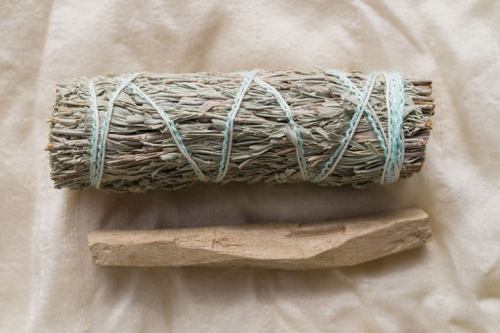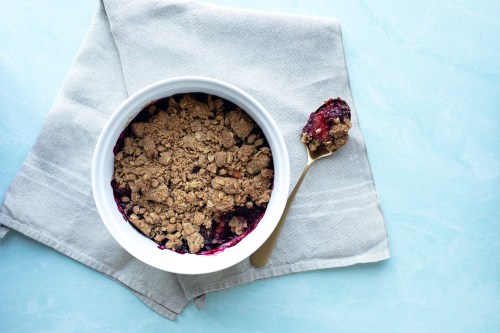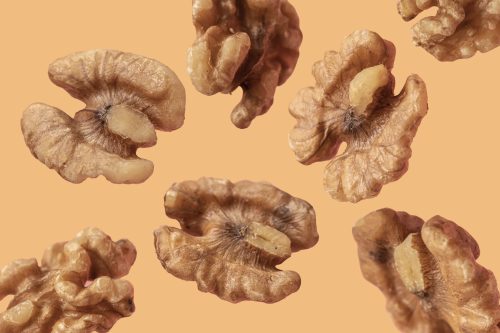7 different ways to smudge your home for all the good vibes
The different uses of intention-setting materials such as rose, palo santo, sage, lavender, mugwort, cedar, and juniper in your home as a smudging ritual

If you’ve been tinkering with smudging in the most novice of senses—e.g. lighting some sage and waving it once or twice around a room—rest assured that this potentially intimidating wellness trend involves not all that much more than what you’ve already experimented with. In this scenario, you’re likely missing only one thing: clear intent.
Edible Spirit founder and healer Michael Domitrovich defines the ancient practice of smudging rather simply as the ritual burning of something to amplify an intention. The process, as he describes it, involves just three steps. The first is to set your intention. The second is to pick the tool you think will best serve that intention (AKA what you’re going to burn). And the third is to evaluate how effective you were, in your own opinion, at accomplishing your smudge goal once the practice has ended.
According to Domitrovich, intention-setting is the most critical part of the process. In fact, he insists that you can smudge a room with your bare hands if you are clear and intensely focused. However, he believes that tools do carry with them meaning and can help you to achieve your intention more easily—think of them like a shortcut to smudging effectively, if you will.
Below, he shares the specific meanings he’s found behind each type of tool and notes that he sees certain ones as “minus signs” and others as “plus signs”. The former is believed to clear a room or person of negative energy while the latter is believed to add blessing, consecration, and healing. Oh, and sometimes he says they’re used in conjunction with one another to achieve both goals in a single smudge. Here’s to wellness multi-tasking.
Keep reading to find out which tools will best amplify your smudge intentions.
Palo santo
Palo santo’s sweet warm swell isn’t its only benefit. “Palo santo is a gentle plus sign,” Domitrovich says. He believes that it can be used to bless, heal, and consecrate a space, rather than cleansing, clearing, or purifying it of something, as sage would (though he adds that he believes that the two can work well together).
Cedar
“Cedar has associations with strength—just think about the tree it comes from, which is both evergreen and strong,” says Domitrovich. “I use this smudge for support, structure, and security.” He further advises that cedar is best for an intention which intends to fortify a space rather than ridding it of something.
Sage
Domitrovich likes to think of it as a minus sign, because he believes that it’s better at clearing a space. “There are two kinds of sage I like the most—white sage and green sage (which is sometimes also called Mount Shasta sage, mountain sage, or wild sage),” says Domitrovich. The a distinction between the two is important because, apparently, they have vastly different vibes. “White sage is more crisp, biting and sharp,” he explains. Green sage, on the other hand, he explains, can be used to rid the air of bad vibes. Take note: Some people can have a strong aversion to white sage, Domitrovich says, whereas green sage is sweeter and gentler.
Juniper
“Juniper is an evergreen that’s akin to cedar, but it feels almost a little more sparkly,” says Domitrovich. “Rather than being fortifying and strengthening as cedar is believed to be, juniper can be more clarifying and is used to promote protection and purification.”
Mugwort
“Mugwort is known as the ‘traveler’s plant’ so I like to use it to signal arrivals and departures,” says Domitrovich. On a more spiritual level, he says, it can also be used in shamanistic journey work, as it is believed to amplify your intention to go places.
Lavender
“Lavender is smudge you can use when you want to clear and uplift,” he explains. “Lavender sends the message: ‘Let’s forget that happened and put everyone on same page,'” he says. If you’re a smudge newbie, know that lavender can crackle because there’s so much oil in it, which is why it’s typically added into other smudges and not done solo.
Rose
“Rose petals are usually burned in love, luck, grief, and healing rituals,” Domitrovich says. You can use a rose smudge specifically, he says, on a bride and groom before their wedding, to engender self-love, and to heal a broken heart.
Crystals can also be used to amplify an intention—find out how healer Kelsey Patel suggests using them to cleanse your home. Plus, here’s a room-by-room guide to the crystals you make full-time residents of your space, pronto.









